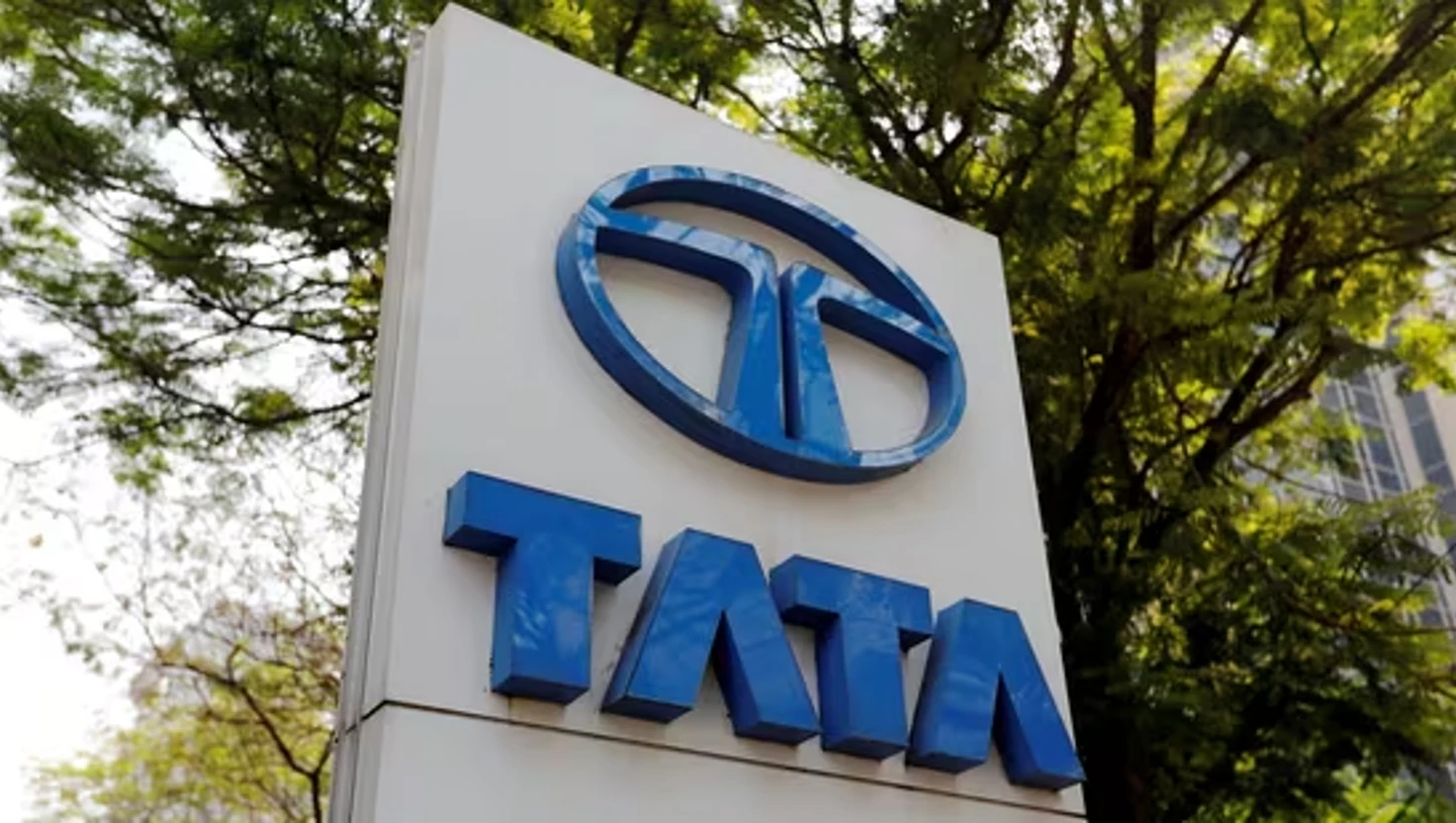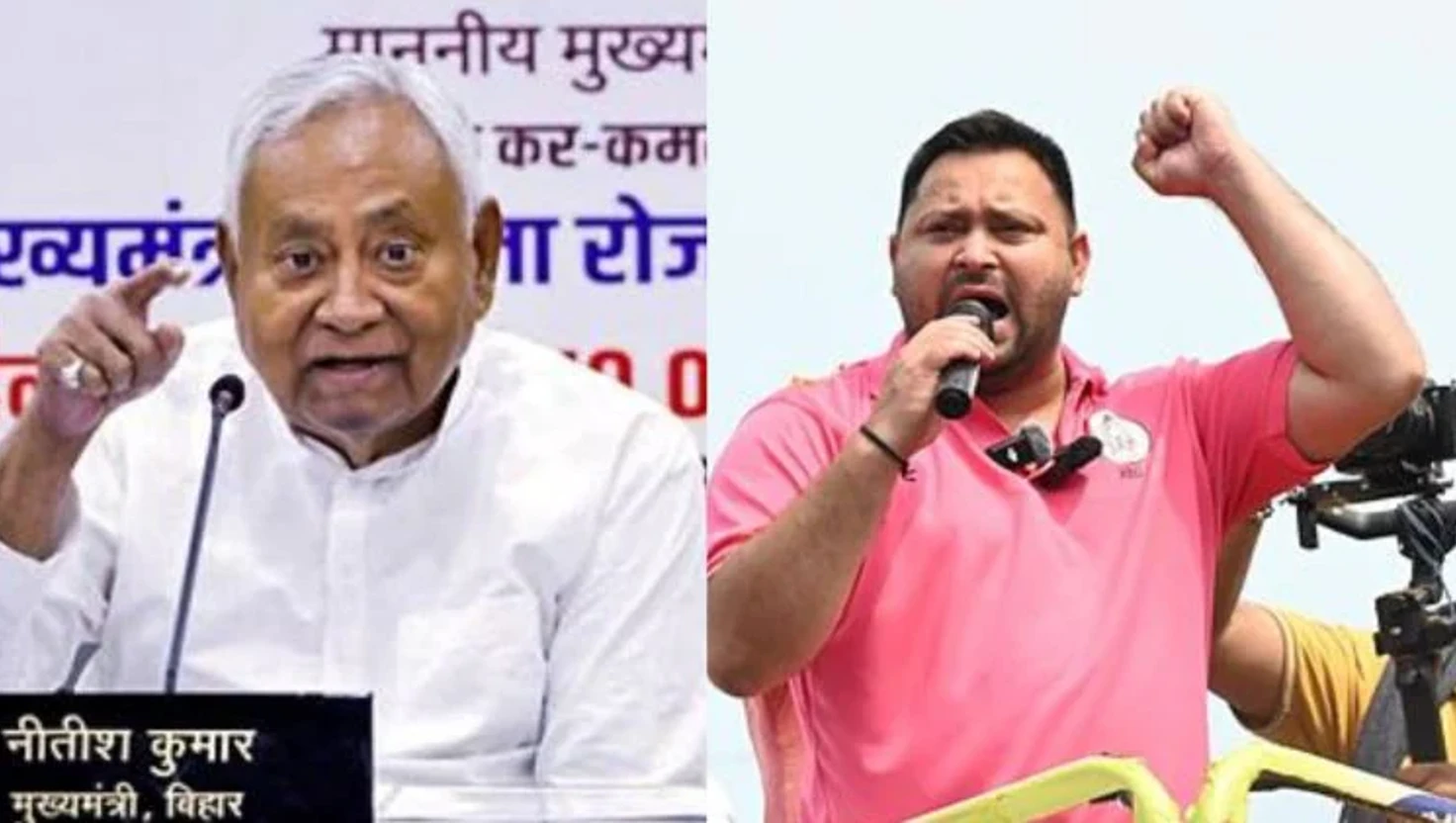India’s Diwali Retail Sales Hit Record ₹6 Trillion Amid Strong Festive Demand

India’s retailers experienced a record-breaking Diwali this year, with combined sales of goods and services surpassing ₹6 trillion, according to data released by the Confederation of All India Traders (CAIT). The figure includes ₹5.4 trillion from goods and approximately ₹65,000 crore from services such as hospitality, travel, and logistics.
The performance represents a significant increase over last year’s Diwali season, when total sales were estimated at ₹4.25 trillion. The CAIT said the 2025 surge highlights the resilience of India’s domestic market and the renewed consumer appetite following tax reductions introduced earlier this year.
According to reports citing CAIT data, the sales findings were compiled from 60 key trading hubs, including state capitals and tier-two and tier-three cities. Traditional and non-corporate retail outlets accounted for nearly 85% of total trade, signalling a robust recovery for physical markets despite the continued expansion of online platforms.
Tax reforms boost sentiment
The Confederation credited the improved performance partly to changes in India’s Goods and Services Tax (GST) system. The government recently simplified its structure to two main rates—5% and 18%—covering a wide range of consumer goods. According to traders, the streamlined system reduced confusion and improved purchasing sentiment ahead of the festival season.
CAIT National President B.C. Bhartia said the positive response from consumers reflected both fiscal policy measures and growing trust in the domestic market. “This year’s Diwali showed that traditional Indian retail continues to play a dominant role in driving the country’s economy,” he said.
Spending patterns and sector growth
Sales during the extended festive period—spanning Navratri, Dussehra, and Diwali—were strong across key categories including jewellery, electronics, clothing, food products, and home décor.
Gold and jewellery accounted for about 10% of total spending, with high demand recorded on Dhanteras, when buyers traditionally purchase precious metals. Electronics and electrical items contributed around 8%, while consumer durables, garments, and gift items each represented roughly 7% of the market, according to CAIT’s analysis.
The grocery and fast-moving consumer goods (FMCG) sector accounted for 12% of total trade, while home décor products made up another 5%. Services such as travel, packaging, and event management added significantly to the overall economic activity.
Local manufacturing and consumer trends
The “vocal for local” campaign continued to shape consumer behaviour during Diwali 2025. CAIT estimated that Chinese-made products lost an estimated ₹1.25 trillion in potential sales as both retailers and shoppers preferred Indian-made alternatives. This shift has provided a boost to small and micro enterprises, including traditional artisans and handicraft producers.
Jewellery, furniture, and home improvement goods also saw strong demand, supported by pre-wedding purchases and renewed spending after two years of cost-conscious consumer behaviour. Retailers reported sharp rises in footfall across at least 70 major trading hubs, underscoring the scale of the recovery.
Offline markets remain strong
Despite the rapid growth of e-commerce in India, physical markets continued to dominate Diwali trade. Retailers said the festive atmosphere, in-person experience, and immediate product availability kept traditional markets vibrant. However, the CAIT cautioned that fair competition between online and offline channels remains essential, urging authorities to ensure equal regulatory conditions.
Regional participation
The retail boom extended beyond major metropolitan areas. Cities such as Kolkata reported Diwali and Kali Puja sales reaching nearly ₹17,000 crore—up 16% compared to 2024—indicating robust demand in regional markets. Similar trends were reported from cities in northern and western India, suggesting that festive spending has become more geographically balanced.
Outlook and future prospects
Analysts suggest the record sales underline the economic significance of India’s festive calendar, which often triggers the year’s highest levels of consumer spending. Retailers expect the momentum to continue into the wedding season, with nearly 4.8 million weddings projected between November and December. CAIT estimates that these celebrations could generate an additional ₹6 trillion in trade.
However, industry observers remain cautious about potential headwinds, including inflationary pressures, rising input costs, and fluctuating rural demand. Traders have urged continued government support for small and medium-sized enterprises to sustain the momentum.
Context
Diwali, India’s festival of lights, is traditionally a period of high consumer spending, symbolising prosperity and renewal. The 2025 sales figures reflect both post-pandemic recovery and the growing confidence of India’s middle class. The trend also underscores the shift towards self-reliance in domestic manufacturing, as the government continues to promote local production under its “Make in India” initiative.
According to economists, the 2025 festive performance could contribute positively to India’s fourth-quarter GDP growth, reinforcing the retail sector’s status as one of the country’s largest employment generators and a key driver of urban and semi-urban consumption.
The Confederation of All India Traders concluded that Diwali 2025 was not only a record-breaking retail event but also a testament to India’s strengthening consumer base and its evolving path towards domestic economic resilience.

Reliance Industries Reports 9.6% Rise in Q2 Net Profit Amid Inventory Losses

Samsung Set to Unveil Its First Tri-Fold Smartphone Soon

Trump hails historic dawn of a new Middle East after Israeli hostages are released

Tata Group officials meet Amit Shah, Nirmala Sitharaman amid boardroom trouble at Tata Trusts and Tata Sons





